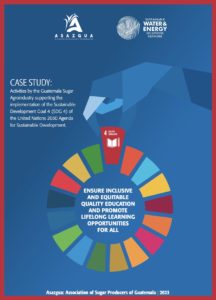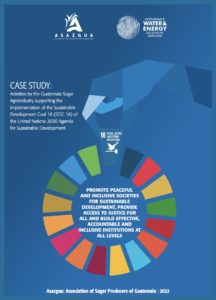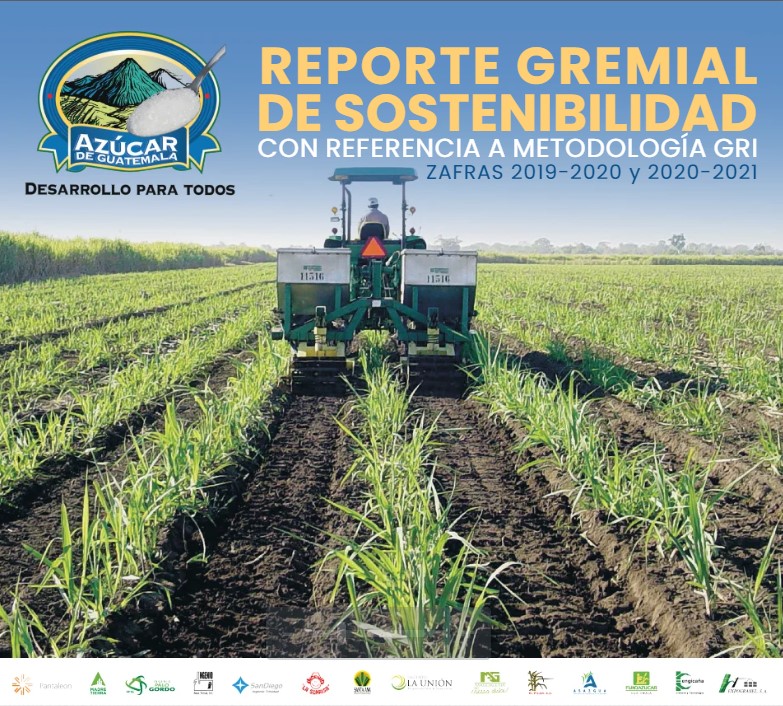
The Guatemalan Sugar Industry has supported the conservation and creation of gallery forests and biological corridors as part of reforestation efforts. Only on the banks of the rivers of the south of the country, more than 310 hectares of land have been reforested, equivalent to more than 430 soccer fields.
Gallery forests are a type of forest found in lowland areas with groundwater close to the surface. The presence of trees and shrubs creates a strip of shade and humidity that protects biodiversity and improves water quality. These forests develop along rivers and streams and are important for biodiversity conservation and climate change mitigation.
These forests on the banks of rivers help water recharge and soil conservation by preventing erosion and are also natural barriers that prevent flooding, while harboring species of flora and fauna.

Efforts to reforest river basins
Since 2011, the Guatemalan Sugar Industry has contributed to the planting of 7.7 million trees since the beginning of its National Reforestation Program. As part of the commitment to the environment, during these 12 years, efforts have been integrated with communities, local authorities and organizations, which have allowed us to contribute to the conservation and recovery of forests on riverbanks and upper parts of the basin.
In addition, the Sugar Industry has 2,507 hectares of natural forests, which are protected and cared for, which are part of the agro-landscape of the south of Guatemala and benefit the conservation of biological diversity.















































